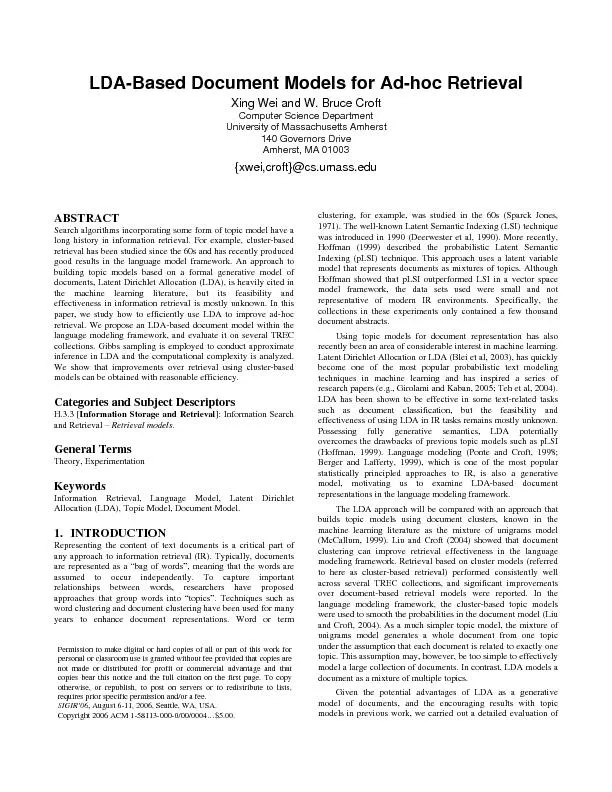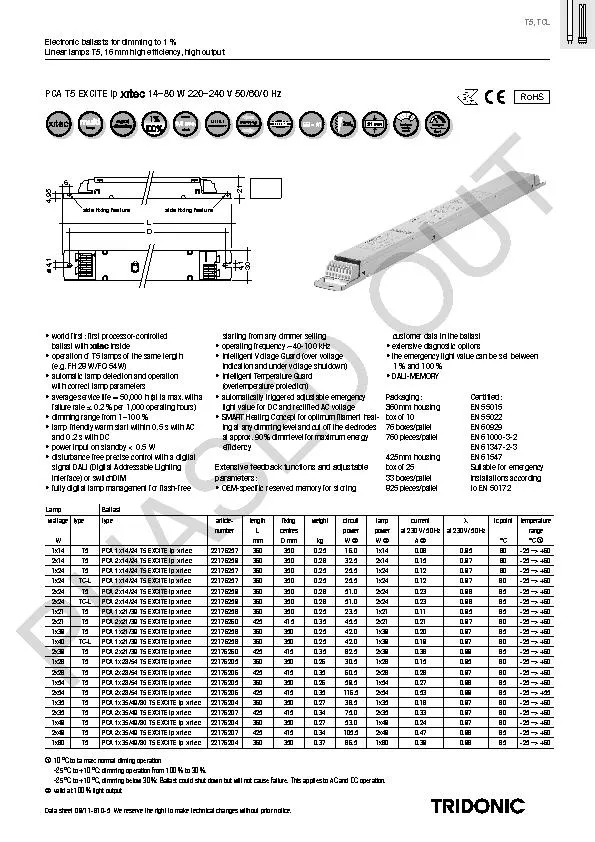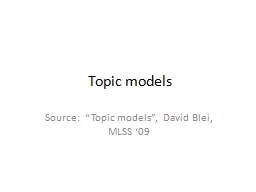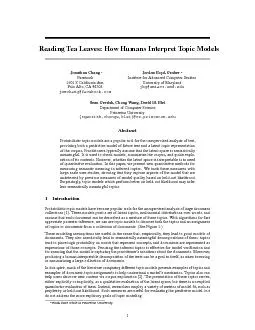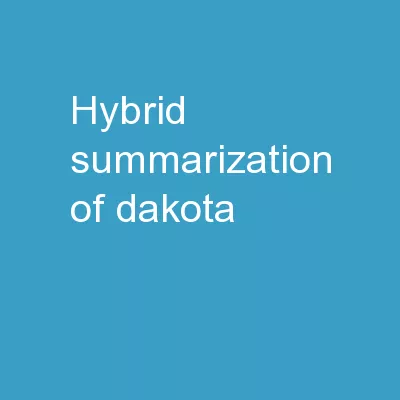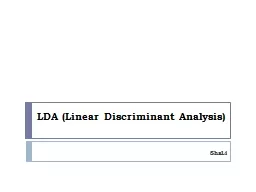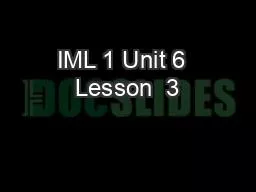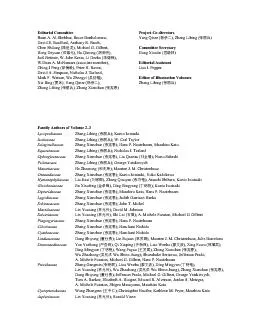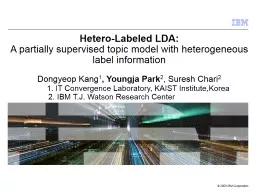PDF-LDA-Based Document Models for Ad-hoc Retrieval Xing Wei and W. Bruce C
Author : sherrill-nordquist | Published Date : 2016-07-24
the effectiveness of LDAbased retrieval in large collections Azzopardi et al 2004 also discussed the applications of LDA models and reported inconclusive results
Presentation Embed Code
Download Presentation
Download Presentation The PPT/PDF document "LDA-Based Document Models for Ad-hoc Ret..." is the property of its rightful owner. Permission is granted to download and print the materials on this website for personal, non-commercial use only, and to display it on your personal computer provided you do not modify the materials and that you retain all copyright notices contained in the materials. By downloading content from our website, you accept the terms of this agreement.
LDA-Based Document Models for Ad-hoc Retrieval Xing Wei and W. Bruce C: Transcript
Download Rules Of Document
"LDA-Based Document Models for Ad-hoc Retrieval Xing Wei and W. Bruce C"The content belongs to its owner. You may download and print it for personal use, without modification, and keep all copyright notices. By downloading, you agree to these terms.
Related Documents

